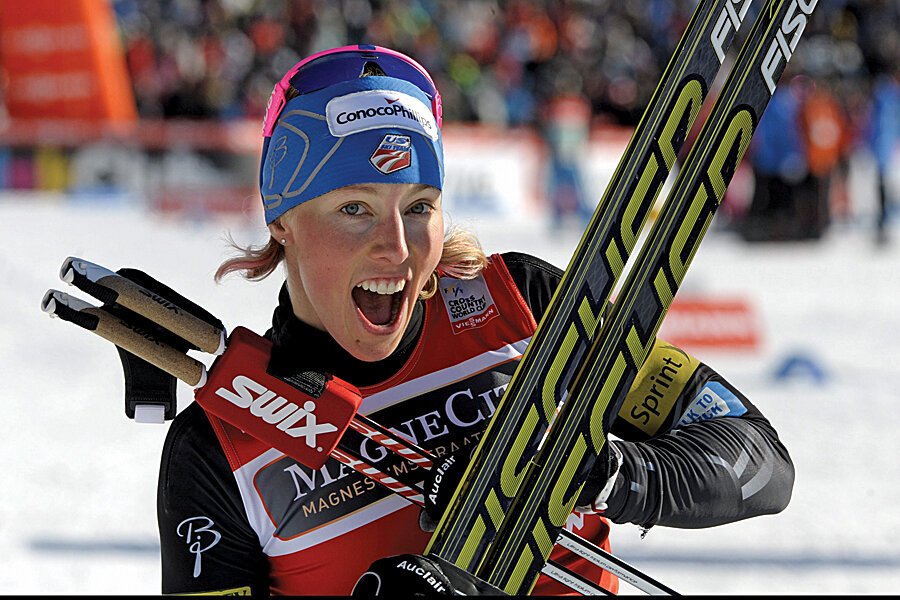No American woman has ever won an Olympic medal in cross-country skiing. But Kikkan Randall never let that slow her down. This year, she is heading to the Olympics in Sochi, Russia, as a reigning world champion and a medal favorite in the individual sprint.
Perhaps more impressive than her results, Randall took an inclusive approach to her pursuit of excellence, cultivating a new generation of US cross-country skiers that is turning heads with medals of their own – and strong team spirit.
In a sport in which that kind of team spirit is often lost amid competing personalities, the Americans are an exception, showing up on relay days wearing striped socks and glitter, going sledding together on days off, and challenging competitors from other countries to music-video contests.
"Our team has set a standard on the World Cup.... Other teams want to re-create that," says Liz Stephen, who is headed to Sochi.
Randall, from Anchorage, Alaska, for years was one of the few American women on the World Cup circuit, and she often finished in the 40s or 50s. But she was confident the United States could rise to the top.
"At a time when [other American skiers] were kind of embarrassed to be [representing the] USA, she was dyeing her hair red, white, and blue. It was almost like that glass ceiling was never there for her, and if it had been, she would have just shattered it anyway," says Holly Brooks, Randall's teammate at Alaska Pacific University in Anchorage.
– Christa Case Bryant, Staff writer





